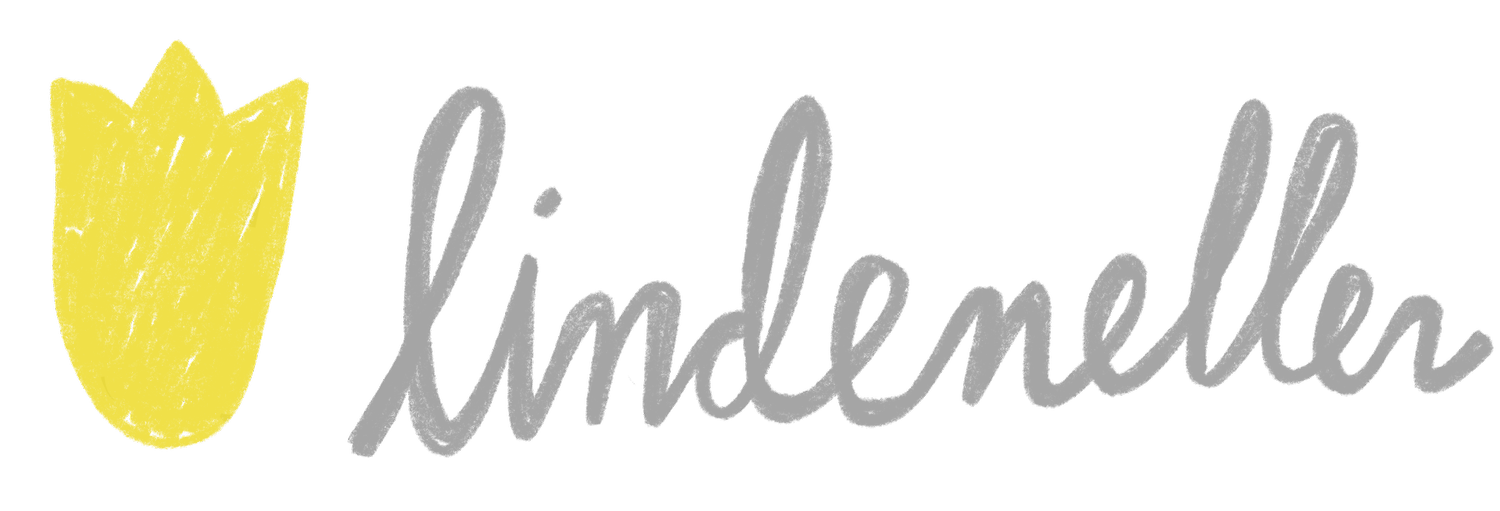Mixed Media Art, Painting & Collage
Studio desk of mixed media materials, including scissors, watercolors, colored pencils, pastels, thread, and alcohol markers.
How to Make Mixed Media Art
Mixed media art offers a dynamic and inventive approach to creating unique artworks by blending different materials and techniques. It’s an ideal medium for both experienced artists and newcomers eager to explore new creative paths. In this guide, I’ll provide a detailed walkthrough for crafting your own abstract paintings using mixed media methods, revealing a range of exciting artistic possibilities.
What is Mixed Media Art?
Mixed media art is characterized by the integration of diverse materials and techniques within a single artwork. This can range from traditional mediums like paint, ink, and graphite to more unconventional elements such as fabric, paper, found objects, and everyday ephemera. The strength of mixed media collage art lies in its capacity to merge textures, colors, and forms, resulting in visually compelling and layered compositions.
Materials You'll Need
Before you begin your mixed media project, gather the following materials:
Surface: A sturdy surface that can withstand multiple layers.
Acrylic Paints: Versatile and fast-drying paints ideal for layering.
Brushes: Various sizes for different effects.
Palette Knives: For applying thick layers of paint or texture paste.
Texture Paste or Gel Medium: To add dimension to your artwork.
Collage Materials: Magazines, newspapers, books, fabric scraps, photographs, tissue paper.
Adhesives: Glue sticks or gel medium for attaching collage elements.
Drawing Tools: Pencils, markers, pastels for adding details.
Found Objects: Petals, tea leaves, pocket scraps, receipts—anything that adds interest.
*In need of some unique elements? Check out the collage kit in my shop!
Step-by-Step Guide to Creating Mixed Media Collage Art
1. Prepare Your Surface
Start by selecting your surface. You can choose between traditional options, such as canvas, wood panel, and paper, or select a found / repurposed surface, such as cabinet doors, cardboard, or barnwood. If you're using anything other than paper, consider applying a layer of gesso to prime the surface (clear gesso if you want to incorporate the original background into the artwork). This will help your materials adhere better and provide a smooth base for painting.
2. Create an Underpainting
Start by applying an underpainting with acrylics. Pick colors that will enhance your final composition, but don't focus on precision just yet—this layer will largely be hidden by the layers that follow. The aim here is to lay down a foundational color scheme and introduce some initial texture. Consider this layer as an opportunity to explore color mixing, play with your brushes, and enjoy the sensation of painting.
3. Explore Mark Making
Once the underpainting is dry, use your drawing tools to experiment with mark making. Allow yourself to listen to your intuition, and let the marks flow out exactly as they are without judgement. Repetition of marks can create rhythm and movement to your piece, and most people find the process therapeutic. Try out a few different mediums, colors, and marks and observe what you enjoy most.
4. Add Texture
Next, apply texture paste or gel medium with palette knives or brushes. Try out various tools to achieve different textures—use knives to create defined lines or sponges for a gentler effect. Make sure this layer is thoroughly dry before proceeding.
5. Incorporate Collage Elements
Next, incorporate collage elements into your abstract artwork. Cut out shapes from magazines or newspapers that align with your theme or color scheme. Arrange these cutouts on your surface without gluing them at first; this lets you play with the placement until you’re pleased with the overall design.
When you’re satisfied with the arrangement, use glue sticks (on paper) or gel medium (on most other surfaces) to fix the pieces in place. Carefully smooth out any wrinkles, but remember that imperfections can add a unique touch to your work!
6. Build Layers
Layering is essential in mixed media collage art. Apply paint over your collage elements with brushes or palette knives, allowing some areas to stay translucent while others become opaque to create depth.
If you like, you can add more materials, such as fabric scraps or found objects, at this point. Just make sure everything sticks properly by using the right adhesives.
7. Add Details
Employ drawing tools like pencils or markers to add fine details that highlight certain areas of your artwork—consider outlining shapes from collaged images or adding intricate patterns over painted sections.
This stage provides you with more control over the focal points in your abstract piece and adds an extra layer of complexity.
8. Final Touches & Sealing
Periodically step back during the creation process to evaluate the balance between the various elements in your composition. Make adjustments as needed until you’re pleased with the overall result.
Once you're satisfied, apply a varnish to seal the entire piece. This will protect and preserve the vibrant colors and textures, ensuring your artwork remains beautiful for years to come.
Tips for Successful Mixed Media Art
Feel free to experiment boldly, as mistakes can lead to surprising discoveries!
Balance contrasting textures (smooth and rough) and colors (bright and muted) to keep your work visually engaging and harmonious.
Allow each layer to dry before applying the next to avoid smudging and unintended blending of materials.
Conclusion
Exploring mixed media art opens up a world of possibilities for combining different techniques and materials to create distinctive abstract paintings. By following the outlined steps and embracing the process, you can embark on a journey of self-discovery while creating artworks that carry your unique visual language. Looking for additional support, guidance, and inspiration? Consider taking a class with me, signing up for art mentoring, or accessing tutorials through a Patreon subscription.



